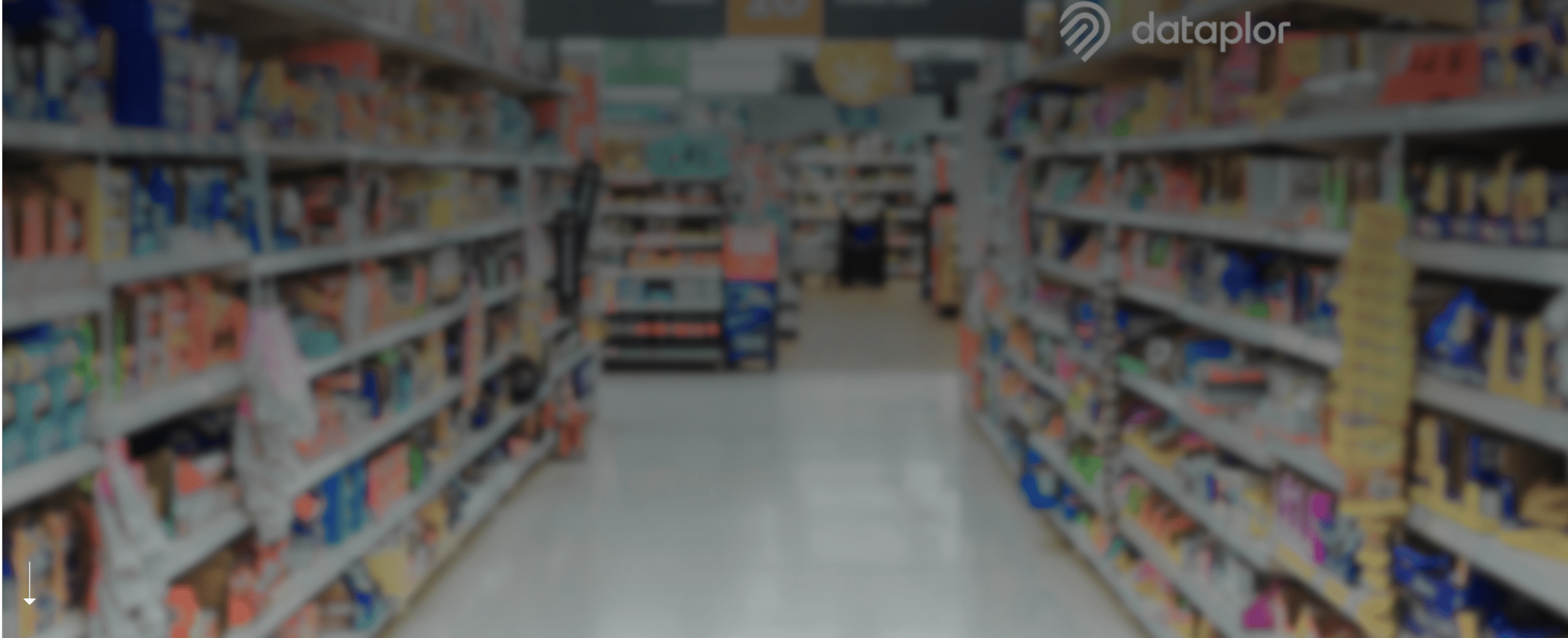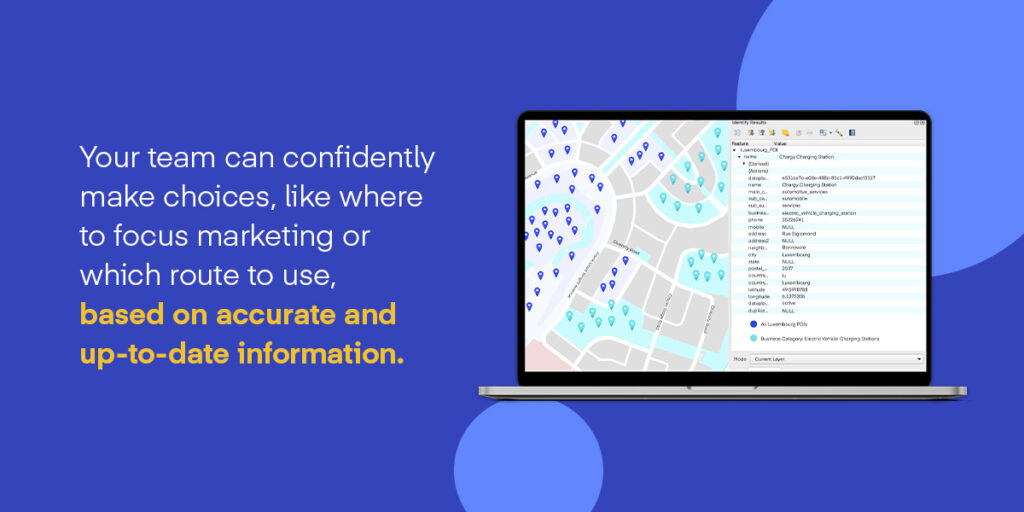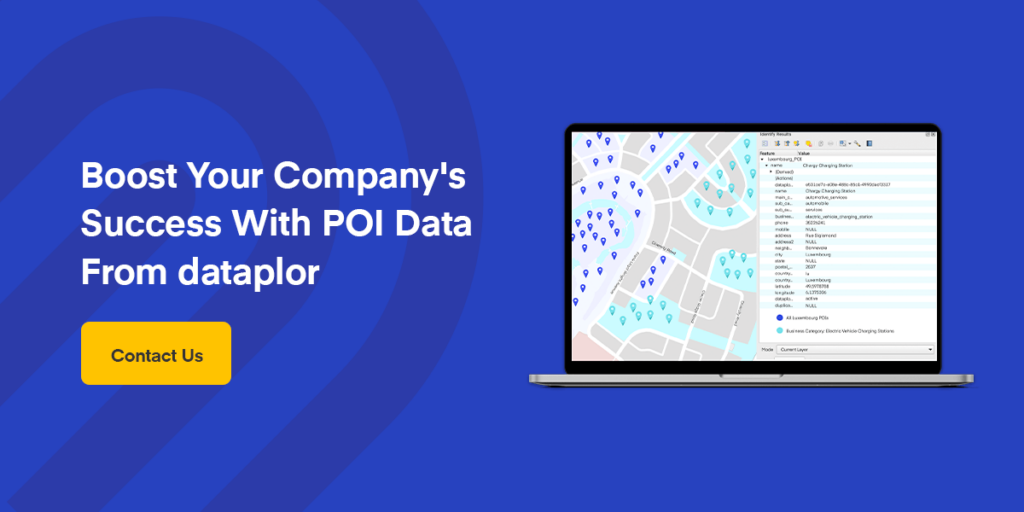
Cashing in on the Dead: The Rise of Spirit Halloween in Vacant Retail
When Saturday Night Live recently poked fun at Spirit Halloween for taking over vacant stores, the retailer responded with a clever clapback: “We are great at raising things back from the dead.” While the joke got laughs, it highlighted a real trend. As traditional retailers close their doors, Spirit Halloween is leading the way in transforming empty storefronts into seasonal pop-up success stories. And in 2024, their presence is more significant than ever, signaling a shift in how retail space is used.
At dataplor, we’ve analyzed the data behind Spirit Halloween’s location strategy, and it’s clear that this seasonal takeover is tapping into a larger economic trend.
Retail Giants Turned Haunted Locations
The wave of store closures from well-known retail brands has created opportunities for temporary businesses to occupy high-visibility, high-traffic spaces. In 2024, the top five former tenants of Spirit Halloween locations include:
- Bed Bath & Beyond: 77 locations
- Rite Aid: 66 locations
- Tuesday Morning: 59 locations
- Sears: 54 locations
- CVS: 39 locations
Together, these five brands account for approximately 13% of all current Spirit Halloween locations. What’s striking is that four of these brands—Bed Bath & Beyond, Rite Aid, Tuesday Morning, and Sears—have filed for bankruptcy within the past six years. Their closures have left prime retail spaces available for companies like Spirit Halloween to move into.

Pop-Up Retail and the Changing Face of Commercial Real Estate
Spirit Halloween’s ability to quickly occupy these retail spaces, whether they were once big-box stores like Sears or smaller specialty shops like Zia Records, showcases the agility of the pop-up retail model. The chain strategically targets locations with a population of 35,000+ within a 3-5 mile radius and a daily traffic count of at least 25,000 cars. Flexibility is a core strength, allowing Spirit Halloween to occupy spaces ranging from 5,000 to 50,000 square feet—ensuring they can adapt to a variety of store sizes while maximizing visibility and foot traffic. As traditional retailers shutter their doors, leaving ghostly remnants of empty storefronts, seasonal brands like Spirit Halloween swoop in, using short-term leases to resurrect these spaces from the retail graveyard.
dataplor’s Look Inside Spirit Halloween’s Haunting:
- Vacancy as Opportunity:
Spirit Halloween has made a business of moving into spaces left by major retailers. Our analysis of current location data shows that Bed Bath & Beyond stores alone account for 77 locations. As vacancy rates fall and new commercial space becomes scarcer, the demand for these spaces is only increasing. - Suburban Appeal:
Many of the brands that previously occupied Spirit Halloween locations, such as Rite Aid and Bed Bath & Beyond, were heavily focused on suburban retail spaces. As suburban populations grow and remote work trends continue, these areas become more attractive for retailers, making them ideal for Spirit Halloween’s pop-up stores. - Temporary but Strategic:
Pop-up stores like Spirit Halloween can take advantage of short-term leases to operate during peak seasons without the burden of long-term commitments. This strategy allows them to maximize profitability while minimizing overhead, especially in high-demand locations.
Will There Be a Future With More Pop-Up Stores and Fewer Traditional Stores?
As the retail landscape continues to evolve, the rise of pop-up stores like Spirit Halloween may signal a broader shift away from traditional brick-and-mortar retail models. While Spirit Halloween has traditionally focused on the spooky season, recent developments suggest that this model could extend well beyond Halloween.
Enter Spirit Christmas.
Spirit Halloween’s parent company, Spencer Gifts, is expanding the concept into the winter holidays. For the first time, Spirit will be converting some of its Halloween stores into Spirit Christmas locations. These holiday-themed pop-ups will take over retail spaces across the Northeast, offering decorations, stocking stuffers, gifts, and even Santa photo ops. With locations planned in states like New Jersey, Connecticut, New York, Massachusetts, and Pennsylvania, this move demonstrates the growing viability of the pop-up model across different retail seasons.
Given that the National Retail Federation (NRF) forecasts $11.6 billion in spending on Halloween costumes, decorations, and other items, it’s clear that the haunted holiday is a significant business. However, the winter holidays are an even bigger opportunity, with $964 billion spent in the U.S. last year alone.

As traditional retail giants continue to close stores or file for bankruptcy, the pop-up model—exemplified by Spirit Halloween—offers a glimpse into the future of retail. Consumers still crave physical shopping experiences, particularly for seasonal or specialty items, and retailers like Spirit Halloween and Spirit Christmas have shown that they can meet this demand cost-effectively and flexibly.
For real estate investors and lessors, this presents an opportunity to fill vacant spaces with temporary tenants who drive foot traffic and create buzz. Meanwhile, for retailers, the pop-up model provides a way to engage customers directly, offering immersive experiences that are difficult to replicate online.
In the coming years, we may see more retailers adopting this flexible approach, especially as e-commerce grows and the demand for traditional, permanent retail spaces decreases. Whether for Halloween, Christmas, or any other seasonal event, the ability to set up shop quickly, sell to a targeted audience, and move on could become the new normal.
At dataplor, we provide the insights businesses need to navigate this changing landscape. By tracking trends in location data, vacancy rates, and market opportunities, we help retailers and investors make informed decisions about capitalizing on the growing demand for flexible retail solutions. Whether you want to understand the latest trends or inform the future business locations, dataplor has the data-driven insights you need to succeed in a rapidly evolving market. Contact us and see how we can help your business haunt the most profitable locations year-round.

























